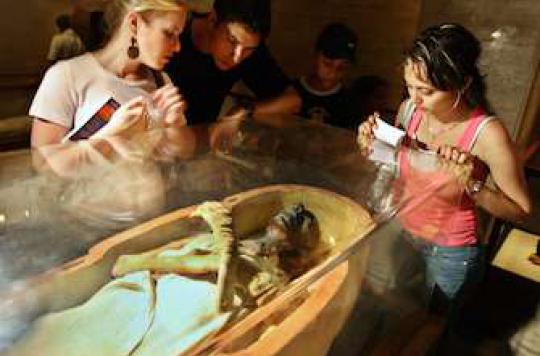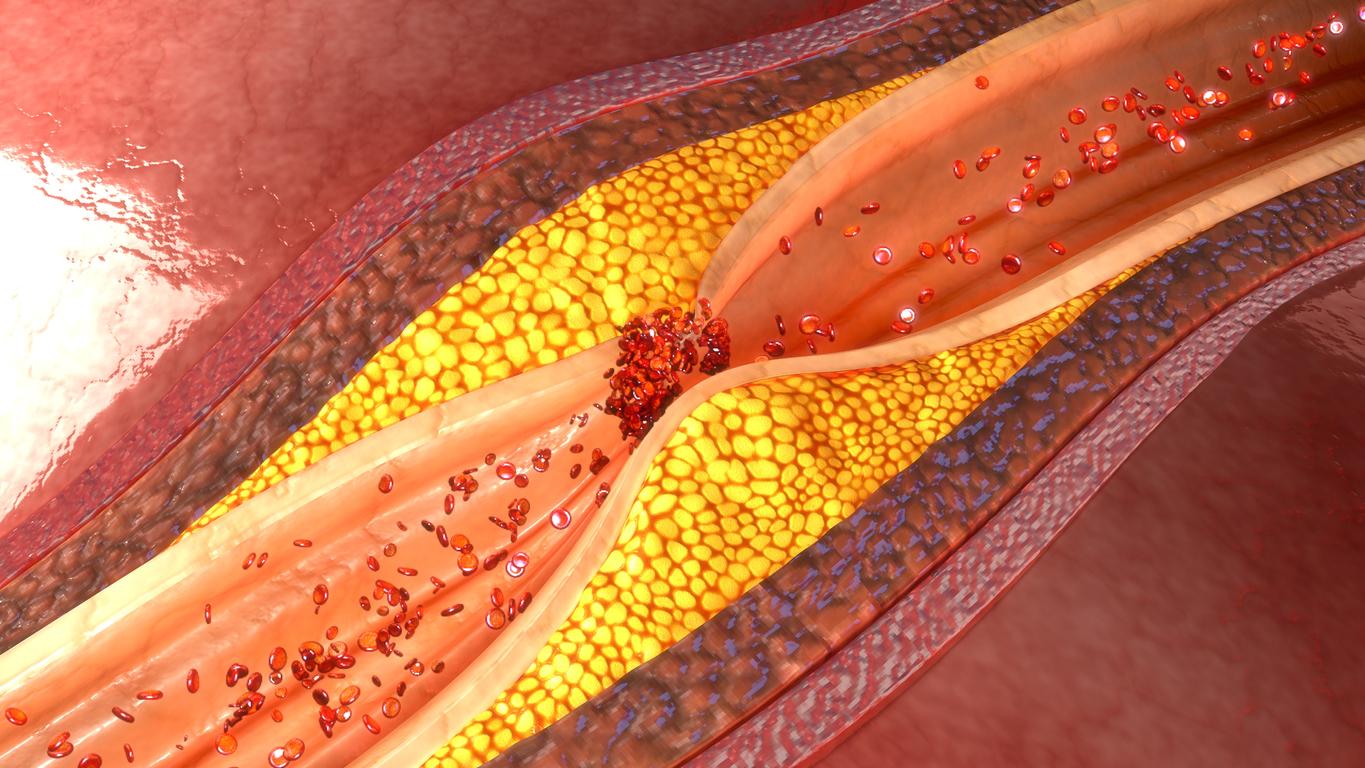History joins science. The mummies of Ramses II, Amenhotep III or Ramses III confirm that ankylosing spondylitis does not date back to Antiquity.

Our ancestors definitely have a lot to teach us… After having established the truth about Richard III, science allows us to better understand such famous characters: the Egyptian Pharaohs. It even shows that ankylosing spondylitis is not as old as it was previously thought. In fact, underlines a study published in Arthritis & Rheumatology, the royal mummies rather present the signs of a disease of the same family, but which affects the elderly, thespinal ankylosing hyperostosis.
A not so ancient disease
X-rays have hitherto suggested that ankylosing spondylitis, a chronic inflammation of the joints of the spine, pelvis, or hips, dates back to 1492 BC. “This study calls into question the presumed antiquity of ankylosing spondylitis, which depended in part on the description of the disease on the remains of the pharaohs of the 18th and 19th Dynasties,” note the study’s authors. It could in fact be of recent origin.
Four royal mummies were analyzed in the CT scan: Amenhotep III, died at 50, Ramses II, died at the advanced age of 87, his son Merenptah, died at 55, and Ramses III, died at 60. All showed signs of ankylosing vertebral hyperostosis rather than spondylitis. The most glaring evidence concerned the oldest of the bodies, Ramses II. And if the researchers had been mistaken so far on the diagnosis, it is because of the little advanced technical means which they used, namely X-rays.
When science meets history
“The mummies of ancient Egypt offer a wealth of information regarding the history of diseases,” said Dr. Sahar Saleem, co-author of the study. This statement also applies to the study of our ancestors in a broader way. The most recent study has made it possible to detail very precisely how British King Richard III died.
Remains even older than these famous mummies contain even more valuable data on the history of our species. For example, 400,000-year-old DNA has revealed our genetic proximity to Neanderthals. These discoveries helped explain that this ancestry could be the cause of autoimmune diseases (Crohn’s disease, lupus, liver disease), type 1 diabetes, and perhaps even smoking.
Archeology has also revealed that our ancestors were not spared by various diseases that are considered “modern”: atherosclerosis already existed 4,000 years ago, starch and lactose intolerance there. is 7,000 years old … Cavities and other dental abscesses were commonplace 15,000 years ago, because wild fruits were as bad for your teeth as our current sweets.
.















